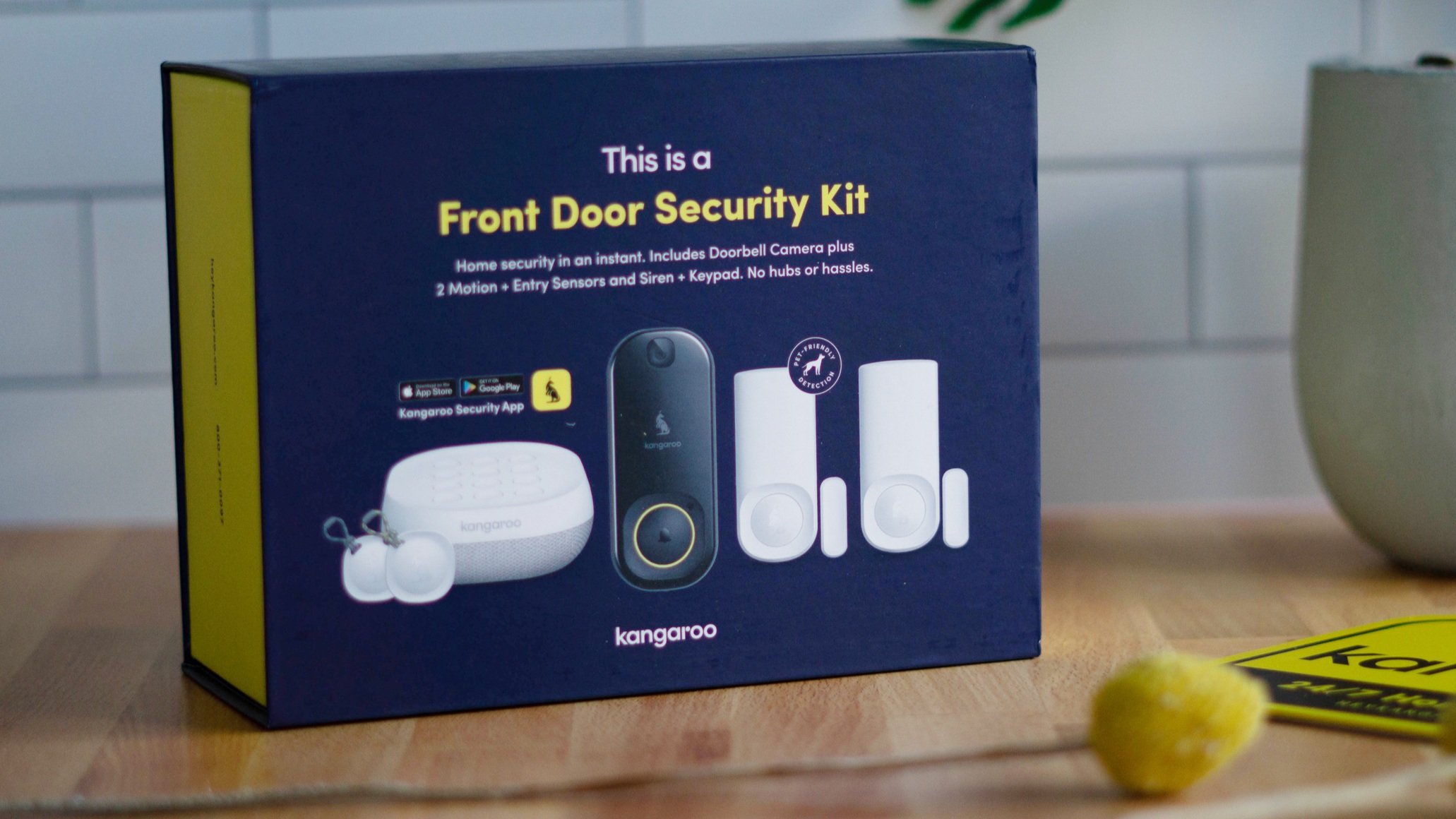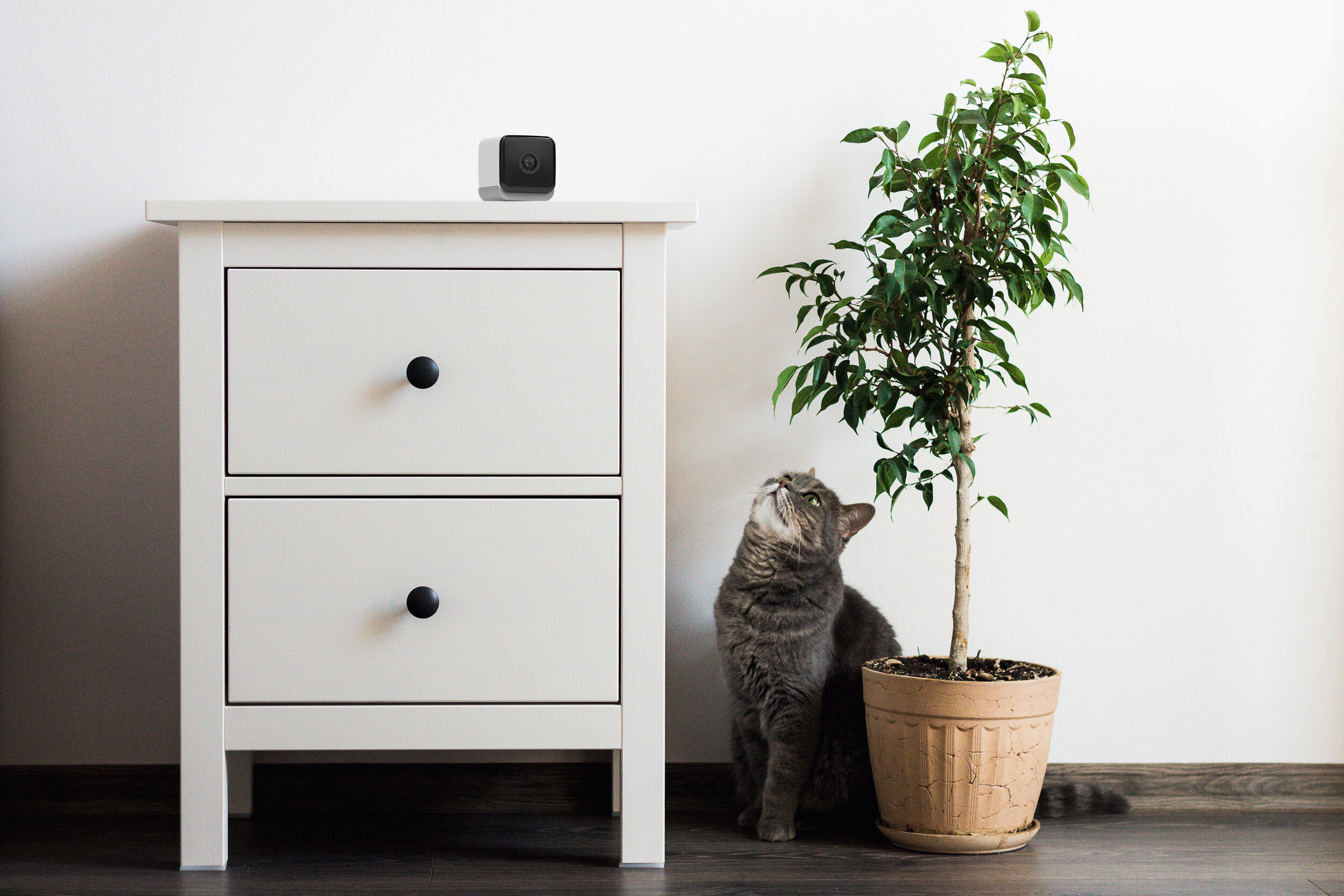Just Bought a Home? Essential Theft and Damage Coverage Tips
Congratulations on becoming a homeowner! It's a thrilling milestone, but with it comes the responsibility of safeguarding your property and belongings. Don't worry, though – we'll break down the essentials to help you choose the best home insurance coverage to fit your needs.
Why Insurance Coverage is Key for New Homeowners
Owning a home comes with risks you may not have faced as a renter. Here's why having the right coverage is crucial:
Your Belongings are Your Responsibility: Unlike renters insurance, homeowners insurance is designed to protect your belongings and the physical structure of your home.
Unexpected Events Happen: Fires, natural disasters, theft – these things can happen to anyone, and the financial impact can be devastating without insurance.
Liability Protection: If someone gets injured on your property, you could be held liable. Homeowners insurance can help cover legal expenses.
Statistics on New Homeowners Getting Insurance
According to a 2023 survey by the Insurance Information Institute, 95% of homeowners in the United States have home insurance . However, many new homeowners are unaware of the specifics of their coverage. The National Association of Insurance Commissioners (NAIC) reports that around 60% of homeowners are underinsured, meaning they lack adequate coverage for rebuilding their homes after a disaster.
Understanding Homeowner Insurance Coverage
When securing your home, it's essential to compare home insurance options and understand the different types of coverage available:
Homeowner Insurance Policy: This is a comprehensive home insurance policy provided by a homeowner insurance company, covering various risks.
Personal Property Coverage: Protects your belongings inside the home.
Liability Coverage: Covers legal responsibilities in case someone gets injured on your property.
Medical Payment Coverage: Helps pay for medical expenses if someone is injured on your property.
Dwell Coverage: Covers the structure of your home against risks like fire, flood, and hurricane.
Essential Tips for Theft and Damage Coverage
1. Compare Home Insurance Companies
To find the best home insurance, compare quotes from different home insurance companies. Look for insurers offering comprehensive homeowner insurance coverage, including personal liability coverage, replacement cost coverage, and more. Websites that allow you to get quotes from multiple insurers can help you find cheap home insurance with the best value.
2. Understand Your Home Insurance Policy
Your home insurance policy should cover dwell coverage, personal property, and liability coverage. Be sure to review your homeowner insurance policy to understand the deductible, liability limits, and what specific risks (like flood and wildfire) are covered.
3. Supplement with Specialized Security Plans
While your homeowner policy provides a broad range of protections, supplementing it with a specialized security plan can offer additional coverage for specific incidents.
Kangaroo Home Security offers the Cam Protect Plan and Complete Protect Plan:
Cam Protect Plan: Provides $250 per year for theft and damage reimbursement, up to $125 per claim.
Complete Protect Plan: Offers $1000 per year in theft and damage reimbursement, with up to $500 per claim.
These plans can fill gaps not covered by standard home insurance policies, especially for incidents like package theft and minor damages.
4. Maintain a Home Inventory
Keeping a detailed home inventory of your personal property can simplify the claims process with your homeowner insurance company and ensure accurate replacement cost evaluations.
5. Install a Burglar Alarm and Other Security Devices
Investing in a reliable home security system can deter theft and potentially qualify you for a home insurance discount. Systems like Kangaroo Home Security, with indoor and outdoor cameras, doorbell cameras, and motion sensors, can enhance your home's protection and give you peace of mind.
6. Consider Flood Insurance
If your home is in a flood-prone area, the National Flood Insurance Program (NFIP) offers flood insurance. Standard homeowner insurance coverage often doesn't include flood damage, so getting additional coverage is essential.
7. Work with an Independent Agent
An independent agent can help you navigate the complexities of homeowner insurance policies, compare home insurance quotes, and find the best homeowner insurance to meet your needs.
Read More:
How to Get an Insurance Discount for Your Security System
What Does Homeowners Insurance Cover for You
How to Choose the Best Homeowners Insurance Company
Why Choose Kangaroo for Your Home Security?
Kangaroo Home Security is ideal for new homeowners due to its affordability, ease of installation, and comprehensive coverage options. Here’s why:
No Long-Term Contracts: Kangaroo offers flexible plans without long-term commitments.
DIY Installation: Easy to install without professional help.
Comprehensive Protection: From basic security to complete protection plans, Kangaroo covers various needs and budgets.
Your new home is more than just four walls and a roof; it's a place where you create memories and build a life. By taking proactive steps to secure your home with a Kangaroo Home Security System and ensuring you have adequate insurance coverage, you can enjoy your new home with peace of mind, knowing you're protected against the unexpected.
Did You Know: Home Insurance Edition
Not All Home Insurance Policies are Created Equal: Standard homeowners insurance policies may not cover everything you think they do! Flood and earthquake damage often require separate policies, so make sure your new home has the protection it needs.
Your Belongings Have Limits: Many home insurance companies limit the amount of coverage for valuable items or personal property like jewelry, art, and electronics. Consider adding a "floater" or "endorsement" to your policy for increased protection of those precious items.
Your Home's Value Isn't Always Its Replacement Cost: The market value of your home may not reflect the actual cost to rebuild it. Make sure your dwelling coverage matches the estimated replacement cost to avoid financial surprises in case of a major loss.
Your Furry Friend Might Be Covered (Or Not): Some breeds are considered high-risk by insurers due to their potential for property damage or liability. Check with your homeowner insurance company to see if your pet is covered and if there are any breed restrictions.
Your Phone Could Be Your Lifesaver (and Wallet-Saver): Many insurers offer discounts for installing smart home security systems, like Kangaroo Home Security, that can help prevent theft and damage, potentially saving you money on your premiums.
Don't get caught off guard! Do your research, talk to your insurance agent, and make sure your new home is fully protected.
Home Insurance Terminology
Dwelling Coverage: Pays for damage to your home's structure from covered perils like fire, hurricanes, or vandalism.
Example: A hurricane damages your roof, and dwelling coverage pays for repairs.
Personal Property Coverage: Covers your belongings inside your home if damaged or stolen, including furniture, electronics, and clothing.
Example: A fire destroys your furniture, and personal property coverage reimburses you for its value.
Liability Coverage: Protects you financially if someone is injured on your property or you accidentally damage someone else's property.
Example: A guest slips and falls on your icy walkway, and liability coverage pays their medical bills.
Additional Living Expenses (ALE) Coverage: Covers extra living costs (e.g., hotel bills, meals) if your home becomes uninhabitable due to a covered event.
Example: A wildfire forces you to evacuate, and ALE coverage pays for your temporary housing and meals.
Medical Payments Coverage: Pays for medical expenses for someone injured on your property, regardless of fault.
Example: A neighbor's child cuts themselves on a broken fence in your yard, and medical payments coverage pays for their treatment.
Flood Insurance: A separate policy covering damage from flooding, often excluded from standard policies.
Example: A flood damages your basement, and flood insurance covers the repairs.
Home Insurance Companies: Businesses selling home insurance policies, with varying coverage options and premiums.
Examples: State Farm, Allstate, Farmers Insurance
Home Insurance Quotes: Estimates of what you'd pay for a specific policy, factoring in your location, home value, and coverage choices.
Example: You get quotes from multiple companies to compare prices and coverage before buying.
Replacement Cost Value (RCV): The amount to replace damaged or destroyed items with new ones of similar kind and quality.
Example: Your old TV is stolen, and RCV coverage gives you enough to buy a brand new one, not just its depreciated value.
Actual Cash Value (ACV): The replacement cost minus depreciation, typically resulting in a lower payout than RCV.
Example: Your old TV is stolen, and ACV coverage only gives you its current used value, not enough for a new one.




